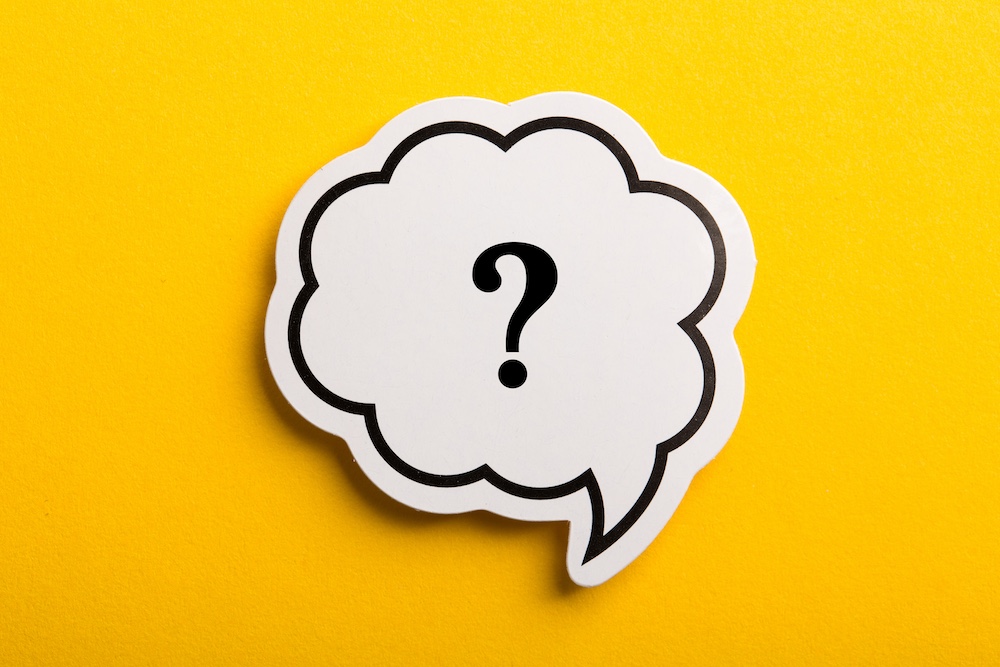New Tax-Free First Home Savings Account coming in 2023 geared towards Millennials and Gen Zs!
You have most likely heard already that First-time homeowners would be able to contribute a maximum of $40,000 over their lifetime to this account which we will refer to as FHSA, at a maximum of $8,000 per year. This means that the maximum could be contributed to in five years, starting in 2023. We do not yet have a date from the government on the start of this plan in 2023 but will keep you posted.
Similar to a tax-free savings account (TFSA), the funds contributed into an FHSA will be able to earn investment returns tax-free. Unlike the TFSA, the contributions into an FHSA would be tax-deductible.
What you may not know, is unlike a TFSA, any unused annual contribution room cannot be carried forward. For example, if an individual contributed $5,000 in 2023 but had the funds to contribute $15,000 in 2024, they would be restricted to contributing $8,000 in 2024—they could not add on the $3,000 not contributed in 2023 to their 2024 contribution. The good news is, that any year where the full $8,000 is not contributed will not represent a forfeited contribution amount over the life of the plan but it will lengthen the time to reach the maximum lifetime contribution limit of $40,000.
When a withdrawal is made from the FHSA to purchase a qualifying home, the withdrawal will be tax-free. However, if a withdrawal is made for any other purpose, it will be taxable.
According to the proposal, an FHSA would have a maximum life of 15 years. At that time, if a home has not been purchased, the plan will be collapsed and the funds would either be subject to tax, or eligible to be transferred without taxes to a registered retirement savings plan (RRSP) or registered retirement income fund (RRIF). Such a transfer would not affect otherwise available RRSP contribution room, which could reduce the risk for anyone who wants to participate in an FHSA but is concerned about whether they should make an RRSP contribution or an FHSA contribution.
Any subsequent withdrawal from the RRSP or RRIF will be taxable in the same manner as other RRSP or RRIF withdrawals.
The proposals also provide for flexibility for moving funds between an RRSP and an FHSA. For example, if there are funds in an RRSP, they could be transferred to an FHSA over five years to provide $40,000 tax-free to purchase a home.
However, funds in an RRSP could also be used to buy a first home under the Home Buyers’ Plan (HBP). The HBP allows a homebuyer to take a loan of up to $35,000 from their RRSP to use for purchasing a home. This loan must be repaid to the RRSP over 15 years or be taxed as a withdrawal over 15 years. You cannot use the HBP and the FHSA at the same time to purchase your first home, in other words, an individual will only be able to use funds from an FHSA or funds from an RRSP (under the Home Buyers’ Plan) to buy a house, not both.
There may be situations where a transfer from an RRSP to an FHSA to buy a home makes sense because the FHSA funds can be withdrawn tax-free with no need to repay the funds. However, while funds from an RRSP to create a Home Buyers’ Plan can be withdrawn all at once, funds can only be transferred from an RRSP to a FHSA at a rate of $8,000 per year. If funds are transferred from an RRSP to a FHSA, the contribution room to the RRSP will not be restored.
Final note for Parents: A parent would not be able to contribute funds directly to an FHSA set up by their child and achieve a tax deduction, but they could gift the funds to their child, who could then use it to contribute to an FHSA. The child would then get the tax deduction.




